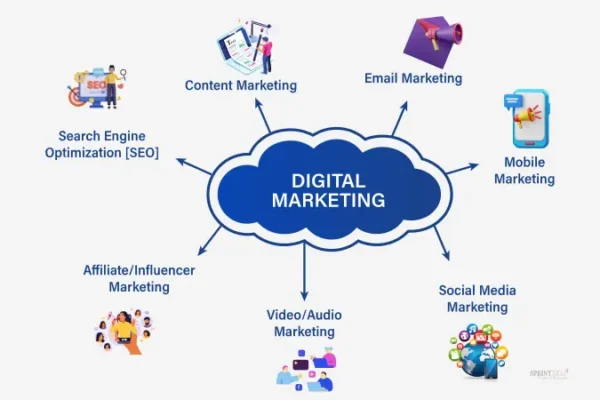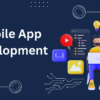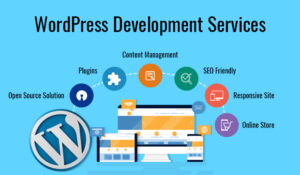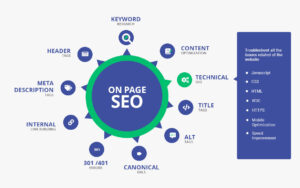Best Digital Marketing Basic course 2024
$250.00 $150.00
Digital marketing is about reaching your target audience where they spend time online and providing them with valuable content and experiences that resonate with them. It’s an ongoing process of testing, learning, and optimizing to achieve your business goals.
To download our Best Digital Marketing Basic course, please add this product to your cart and complete payment. , After successful payment, you will receive a link to download the course video .
1.Website:
-
- User Experience (UX): Focus on creating a seamless browsing experience for visitors. Ensure intuitive navigation, easy access to information, and a visually appealing layout.
- Conversion Optimization: Design landing pages and forms to encourage visitors to take desired actions, such as making a purchase, signing up for a newsletter, or requesting a demo.
- Mobile Optimization: With an increasing number of users accessing the internet via mobile devices, your website must be optimized for mobile responsiveness to provide a consistent experience across all devices.
- Search Engine Optimization (SEO):
- Keyword Research: Identify relevant keywords related to your business and target audience. Use tools like Google Keyword Planner or SEMrush to find keywords with high search volume and low competition.
- Content Optimization: Create high-quality, informative content that aligns with your target keywords. Optimize titles, meta descriptions, headings, and alt text for images to improve search engine visibility.
- Link Building: Build backlinks from authoritative websites within your industry to increase your website’s authority and credibility in the eyes of search engines.

- Content Marketing:
- Content Strategy: Develop a comprehensive content strategy that aligns with your business goals and target audience’s interests. Consider the buyer’s journey and create content for each stage, from awareness to consideration to decision.
- Content Distribution: Promote your content across various channels, including your website, blog, social media, email newsletters, and guest posting on relevant websites.
- Content Optimization: Optimize your content for SEO by incorporating target keywords naturally and formatting it for readability. Use engaging visuals such as images, videos, and infographics to enhance the user experience.
- Social Media Marketing (SMM):
- Platform Selection: Choose social media platforms that are most relevant to your target audience and industry. Popular options include Facebook, Instagram, Twitter, LinkedIn, Pinterest, and TikTok.
- Engagement Strategies: Foster meaningful interactions with your audience by responding to comments, messages, and mentions promptly. Encourage user-generated content and create polls, contests, or quizzes to boost engagement.
- Advertising: Utilize paid social media advertising to reach a larger audience and target specific demographics, interests, or behaviors. Experiment with different ad formats, such as image ads, video ads, carousel ads, and sponsored posts.
- Email Marketing:
- Segmentation: Divide your email list into segments based on demographics, behavior, or past interactions. Tailor your email content and offers to each segment to improve relevance and engagement.
- Automation: Set up automated email workflows, such as welcome emails, abandoned cart reminders, and drip campaigns, to deliver timely messages and nurture leads throughout the customer journey.
- Testing and Optimization: A/B test different elements of your emails, such as subject lines, CTAs, and send times, to identify what resonates best with your audience and improve performance over time.
- Pay-Per-Click (PPC) Advertising:
- Keyword Targeting: Select relevant keywords for your PPC campaigns and organize them into ad groups based on themes or topics. Use match types (broad match, phrase match, exact match) to control the reach of your ads.
- Ad Copy: Write compelling ad copy that highlights your unique selling points and encourages clicks. Include a clear call-to-action (CTA) to prompt users to take the desired action, whether it’s making a purchase, signing up, or contacting you.
- Bid Management: Monitor your campaign performance regularly and adjust your bids to maintain a balance between ad position and cost-effectiveness. Use bidding strategies such as manual bidding, automated bidding, or bid adjustments based on device, location, or time of day.
- Analytics and Measurement:
- Data Tracking: Implement tracking tools such as Google Analytics, Google Tag Manager, or Facebook Pixel to monitor website traffic, user behavior, and conversions accurately.
- Performance Analysis: Analyze key metrics and KPIs to assess the effectiveness of your digital marketing efforts. Identify trends, patterns, and areas for improvement to optimize your strategies and maximize ROI.
- Reporting: Generate regular reports to communicate your findings and insights to stakeholders. Customize reports to focus on specific goals, metrics, or time periods and provide actionable recommendations for future campaigns.
By focusing on these aspects and continually refining your strategies based on data and feedback, you can create a comprehensive digital marketing plan that drives results for your business.
Be the first to review “Best Digital Marketing Basic course 2024” Cancel reply
Related products
Training Course
Training Course
Training Course
Training Course
Training Course







Reviews
There are no reviews yet.